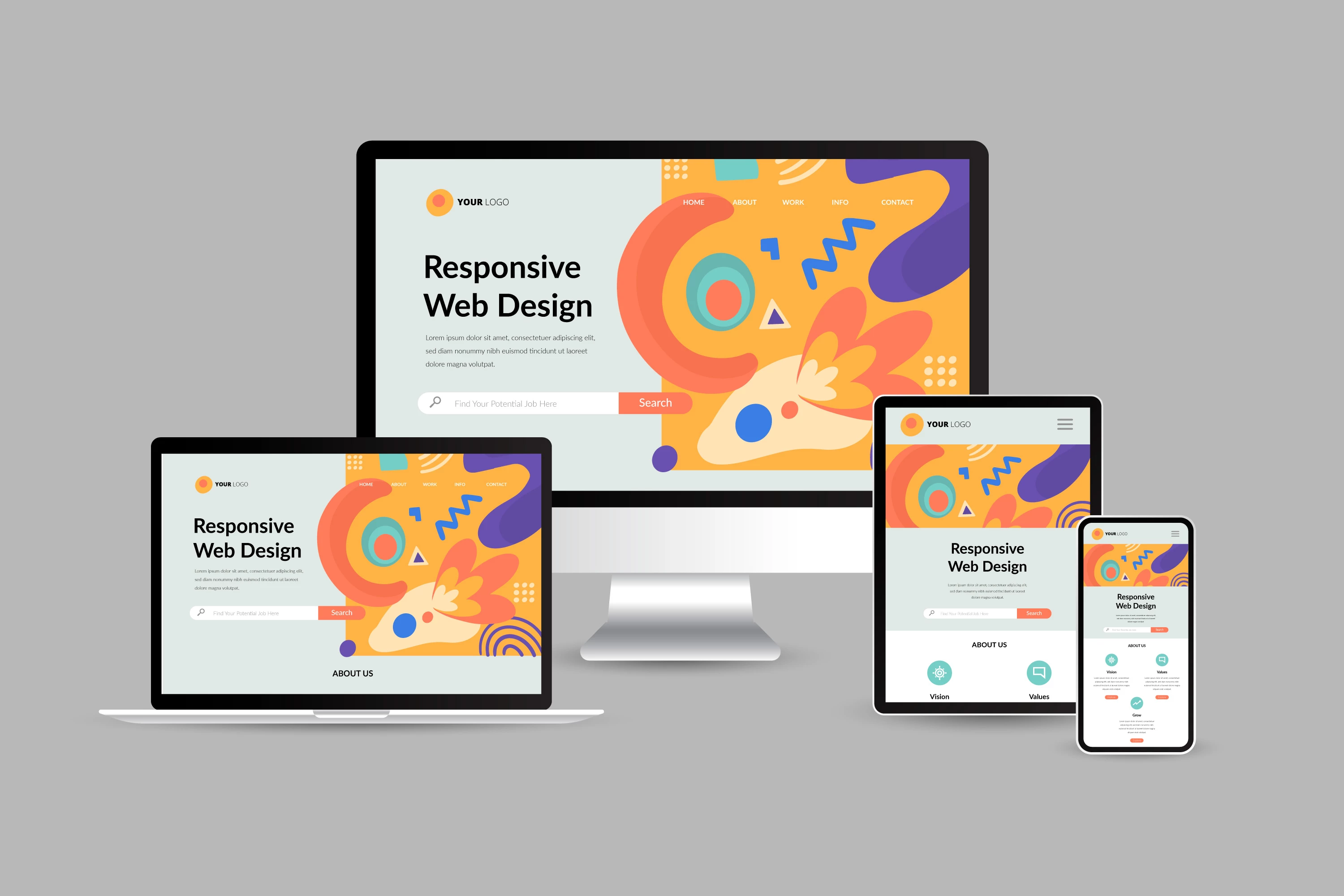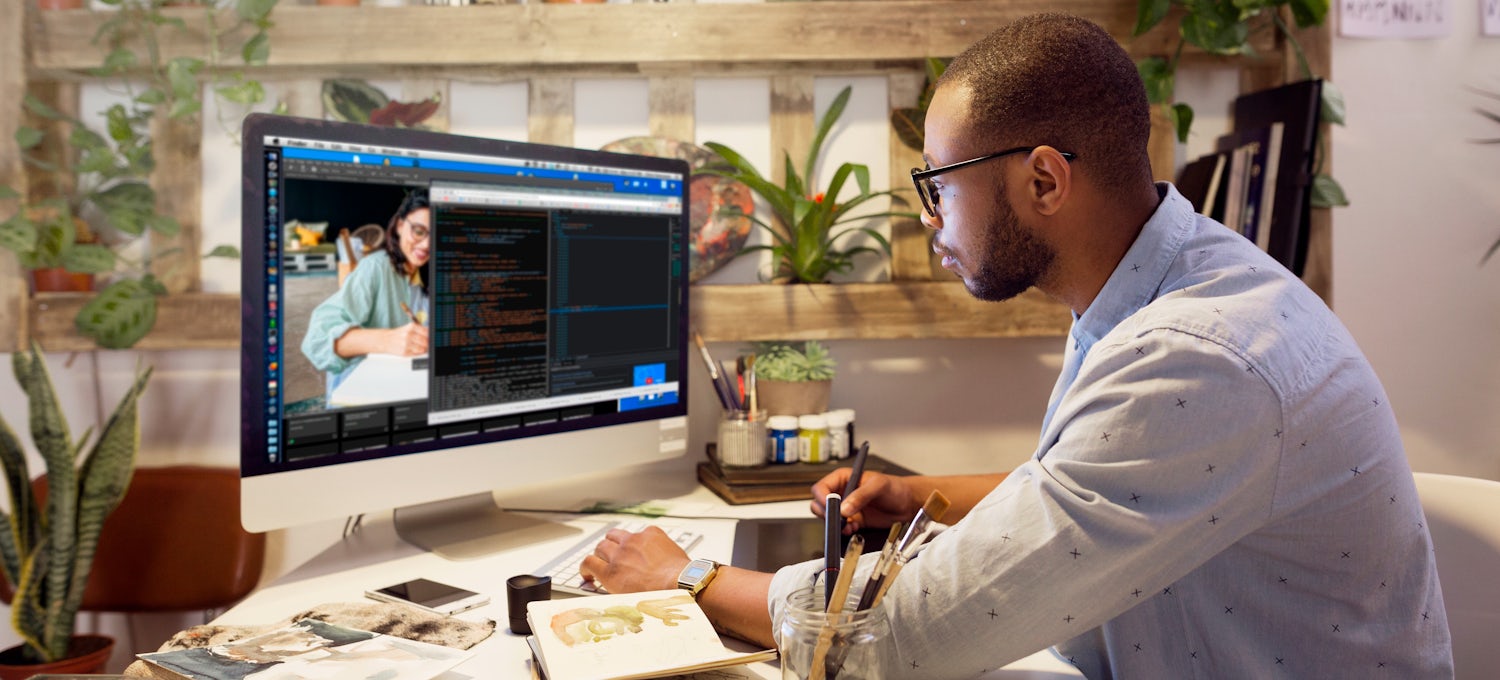The Ideal Sorts Of Website Design to Enhance Individual Experience and Interaction
In the ever-evolving landscape of digital communication, the efficiency of Web design significantly influences customer experience and involvement. Numerous layout approaches, such as minimalist, responsive, and interactive layouts, each offer distinct advantages that can cater to diverse customer demands.
Minimal Web Style
As electronic landscapes end up being progressively messy, minimalist website design has actually arised as an effective technique to improving individual experience. This style approach focuses on simpleness, focusing on essential elements while eliminating unnecessary diversions. By making use of ample white space, straightforward navigating, and a limited shade combination, minimal layout cultivates quality and guides individual focus to crucial web content.
The core concept of minimalist website design is to produce a seamless interaction for individuals. By decreasing cognitive load, users can quickly understand information without feeling bewildered. This straight technique not just improves usability but additionally motivates engagement, as site visitors are most likely to explore a site that is aesthetically attractive and simple to browse.
Additionally, minimal layout typically stresses typography and imagery, using these elements tactically to share messages efficiently. In significance, minimal Web style is not simply a trend; it is a thoughtful technique that recognizes the value of user-centered layout.
Responsive Web Design
In today's varied digital atmosphere, receptive Web layout has become necessary for producing a smooth user experience across a wide variety of devices. As users accessibility web sites on smart devices, tablets, laptops, and desktops, the capability of a web site to adapt its design and content to different display dimensions and resolutions is critical.
Receptive website design uses flexible grids, pictures, and CSS media questions to make certain that Web material is provided efficiently, despite the device made use of. This strategy not just improves the visual allure of an internet site yet likewise substantially improves usability. Customers are more probable to engage with a site that supplies a regular experience, as it removes the stress of needing to zoom in or scroll exceedingly.
Additionally, internet search engine, including Google, focus on mobile-friendly web sites in search rankings. By taking on responsive design, organizations can enhance their visibility and get to a wider audience. This method likewise simplifies web site maintenance, as a solitary version of the website can satisfy all devices, lowering the requirement for multiple variations. In summary, receptive Web design is a basic technique that improves user experience, involvement, and total contentment.
Interactive Website Design
Responsive website design lays the groundwork for improving customer experience, yet interactive website design takes this a step further by engaging customers in an extra dynamic way - Aligned Position Web Design. By integrating components such as animations, clickable prototypes, and real-time feedback, interactive website design astounds customers, attracting them into a richer browsing experience
This method not just cultivates engagement but also motivates customers to discover material actively rather than passively consuming it. Techniques such as gamification, where users make benefits for completing jobs, can significantly improve the moment invested in a website and improve general complete satisfaction. Furthermore, interactive attributes can streamline complex info, making it extra digestible and enjoyable.

Incorporating interactive layout components can also result in higher conversion prices, as users are most likely to involve with a website that actively includes them. Aligned Position Web additional reading Design. Eventually, interactive website design transforms customer experiences into memorable trips, making sure that visitors return time after time
Apartment Design
Characterized by its minimalistic technique, level layout emphasizes simplicity and functionality, stripping away unneeded components and focusing on necessary attributes. This design approach focuses on usability, making sure that customers can browse user interfaces easily and performance. By employing a clean aesthetic, flat style gets rid of the mess frequently discovered in much more luxuriant styles, thus enhancing customer concentrate on material and capability.
The trademark of level design hinges on its use vibrant colors, simple typography, and geometric shapes. These components contribute to a visually attractive interface that is both modern and approachable. Furthermore, flat style cultivates a feeling of clarity, allowing individuals to determine crucial activities and details without diversion.
In addition, level style is particularly effective in responsive website design, as its simplicity translates well across various tools and display sizes. The absence of complex structures and gradients reduces packing times, which is vital for preserving customer interaction. As electronic landscapes remain to evolve, level design continues to be an appropriate choice for producing straightforward web sites that enhance general experience. By concentrating on necessary features, level design not only fulfills user requirements but likewise encourages seamless communication, making it a vital element of reliable website design strategies.
Adaptive Website Design
Flexible website design personalizes the customer experience by creating several dealt with layouts customized to various display sizes and devices. Unlike responsive style, which fluidly readjusts a solitary format, adaptive design uses distinct designs for details breakpoints, making certain optimum presentation on different systems. This strategy permits designers to concentrate on the distinct attributes of each tool, boosting use by supplying specifically what customers require based upon their context.
One of the main benefits of adaptive website design is its capacity to enhance load times and performance. By offering customized material and pictures that fit the individual's device, websites can minimize information use and enhance loading rates. This is especially helpful for individuals with slower links or limited data plans.

Additionally, flexible design promotes a more consistent and controlled branding experience. Given that designers produce multiple formats, they can guarantee that the aesthetic components align with the brand's identification throughout different platforms - Aligned Position Web Design. This leads to a natural user experience, improving interaction and advertising user retention
Conclusion
Minimalist design fosters clearness and focus, while responsive design ensures flexibility throughout different tools, advertising accessibility. Jointly, these style approaches contribute to the production of straightforward atmospheres that not only boost contentment however likewise drive higher conversion prices, highlighting their vital significance in modern Web design strategies.

Minimalist find out here design promotes clearness and emphasis, while receptive layout makes certain adaptability across various devices, promoting availability. Jointly, these layout comes close to add to the production of straightforward environments that not only improve complete satisfaction however likewise drive higher conversion rates, underscoring their vital relevance in modern Web style techniques.